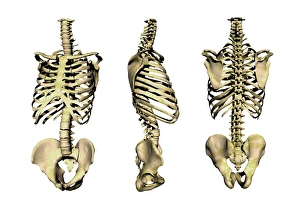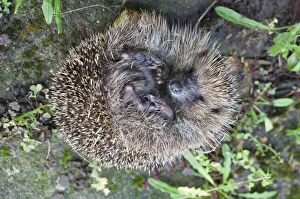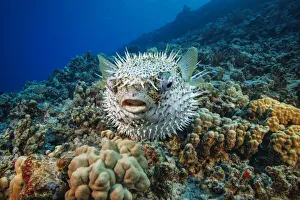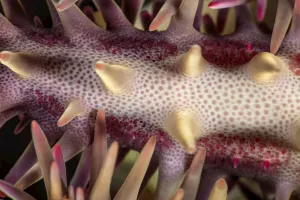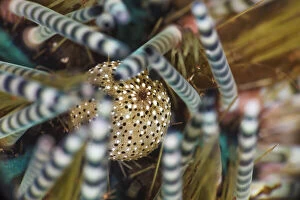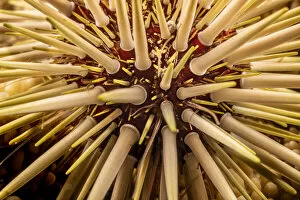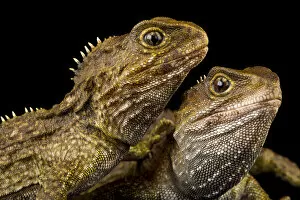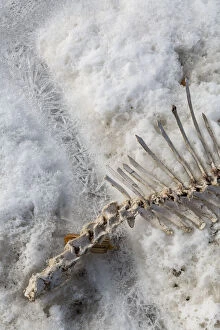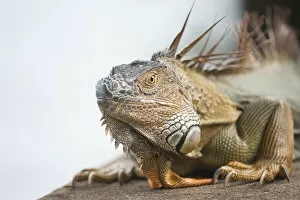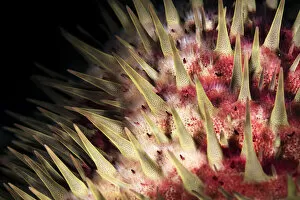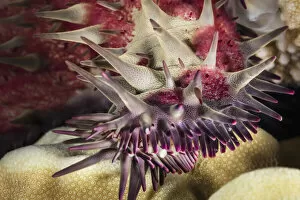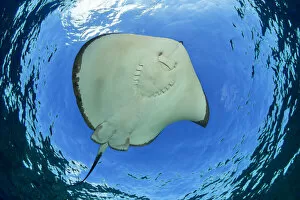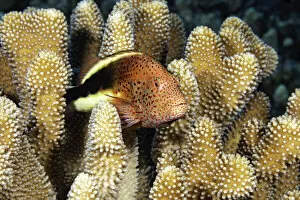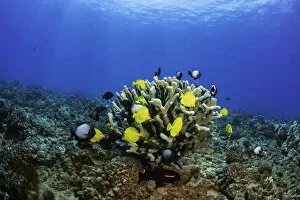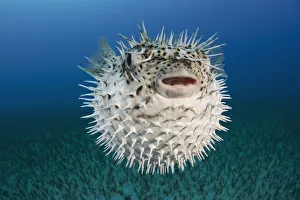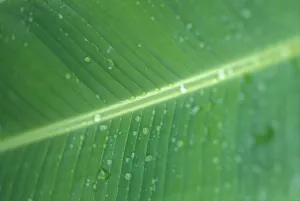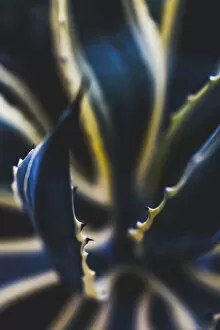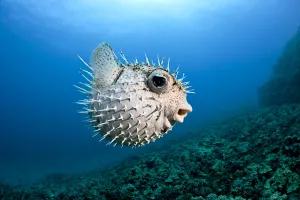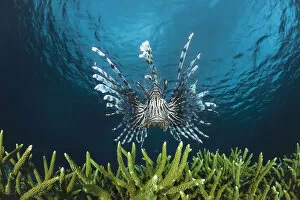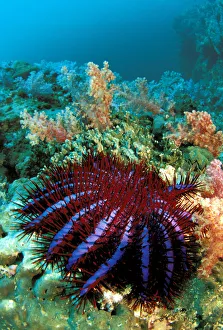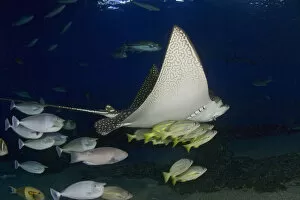Spine Collection (page 9)
"The Spine: The Gateway to Balance and Vitality" The spine, often referred to as the backbone of our body, plays a crucial role in maintaining our overall well-being
All Professionally Made to Order for Quick Shipping
"The Spine: The Gateway to Balance and Vitality" The spine, often referred to as the backbone of our body, plays a crucial role in maintaining our overall well-being. Just like the intricate network of chakras and nervous system that run along its length, it serves as a conduit for energy flow and communication within our body. If we were to visualize this incredible system, a diagram of the human brain and spinal column would reveal an awe-inspiring connection between mind and body, and is through this complex web that signals are transmitted, allowing us to move, feel sensations, and even experience emotions. In exploring alternative healing methods such as stone therapy, we discover how certain stones can be placed on specific points along the spine to restore balance within our energetic centers. This ancient practice reminds us of the profound influence our spine has on our overall health. Nature itself showcases the significance of this vital structure. Take for instance the Green Tree Python found in Cairns, Far North Queensland – its graceful movements highlight both strength and flexibility which mirror those required by a healthy spine. Advancements in medical technology have allowed us to delve deeper into understanding spinal health. A full-body scan or an MRI scan reveals intricate details about any potential issues or abnormalities present within this essential part of our anatomy. Looking back at history brings forth intriguing stories like Calots spinal surgery performed during the 19th century. This groundbreaking procedure paved the way for modern surgical techniques aimed at relieving pain caused by various spinal conditions. Art too has captured glimpses of fascination with spines throughout time. "The Blackbird Song, " painted around 1908 by an unknown artist on canvas depicts mysterious allure surrounding these interconnected bones that support us every day. Medical imaging continues to amaze with color MRI scans showcasing organs like kidneys and liver nestled against their protective bony backdrop – reminding us once again how intricately intertwined each element is within our bodies' design.

